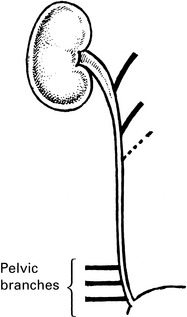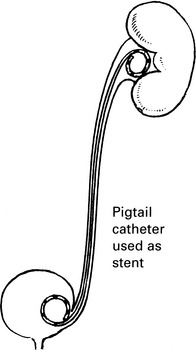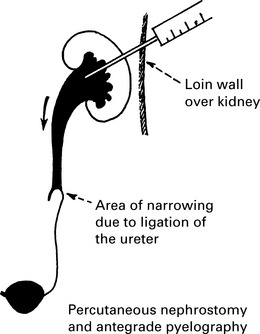Chapter 14 Complications of Gynaecological Surgery
Management of ureteric injury
1. Types of ureteric injury identified at operation.
Fistula formation
Urinary fistula
Aetiology
1. The exposed bladder wall is torn or penetrated during a vaginal operation, or during total abdominal hysterectomy. This is the commonest cause in this country.
A tear develops during mobilisation of the bladder.
Buy Membership for Obstetrics & Gynecology Category to continue reading. Learn more here











